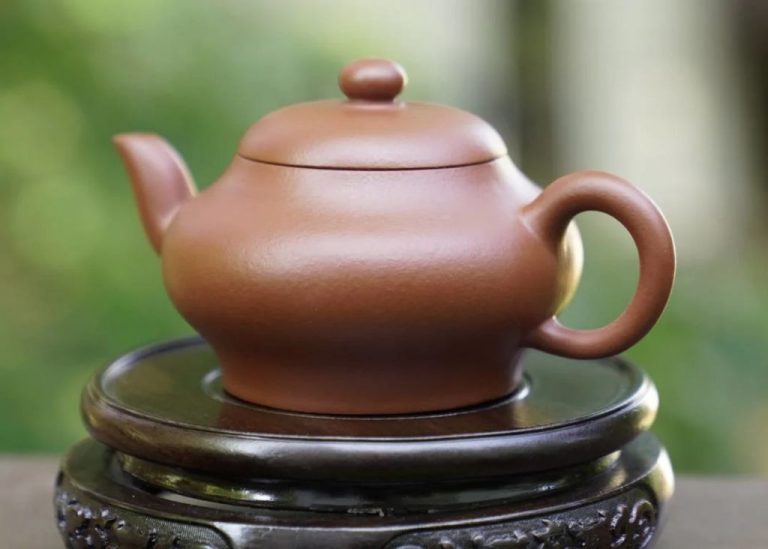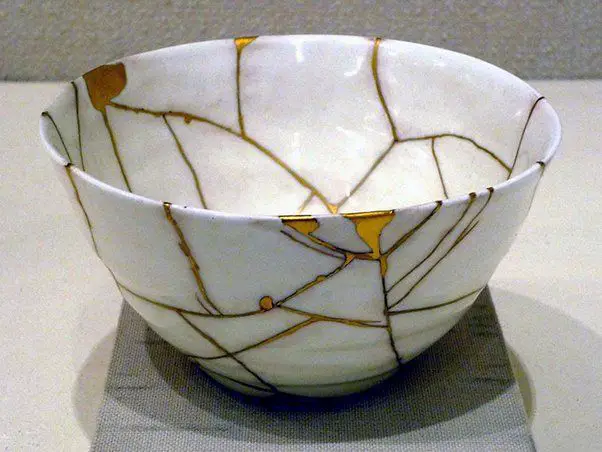How Does Scented Clay Work?
What is scented clay?
Scented clay, also known as aromatherapy clay or scented modeling clay, is a type of clay that has been infused with fragrant essential oils. The oils are absorbed into the clay and as you mold the clay, it releases a pleasant scent.
There are several types of scented clay available:
- Polymer clay – This modeling clay is made from plasticized PVC or vinyl and holds scent well.
- Air-dry clay – This water-based clay dries hard at room temperature and can be infused with oils.
- Cold porcelain – A non-toxic, biodegradable clay made from corn starch and glue.
Scented clay is commonly used for arts and crafts projects, aromatherapy, sensory play, and more. The pleasant scents can promote relaxation, improve mood, and stimulate the senses. Popular scents include lavender, vanilla, lemon, peppermint, and eucalyptus.
How is scented clay made?
Scented clay is made by combining natural modeling clay with fragrant oils and ingredients. The basic ingredients in scented clay are:
Clay Ingredients
The clay base provides the moldable, pliable texture. Common types of modeling clay used include:
- Polymer clay – made from PVC resin and plasticizers
- Air-dry clay – made from natural materials like cornstarch, glue and cellulose
- Oil-based clay – made from materials like wax, oil and fillers
Scent Additives
The fragrance comes from essential oils, perfumes, botanicals, and aromatic extracts added to the clay. Common scents include:
- Floral – rose, lavender, jasmine
- Citrus – lemon, orange, grapefruit
- Herbal – mint, eucalyptus, chamomile
- Spices – cinnamon, clove, vanilla
Manufacturing Process
To make scented clay, the fragrance oils are mixed directly into the clay base. The scented clay dough is then conditioned and packaged for use. The fragrance disperses throughout the clay so the aroma gradually releases when molded.
How Does Clay Hold Scent?
Clay is able to hold onto scents due to its porous nature and ability to absorb fragrance oils. The small particles and spaces within clay provide it with a high degree of porosity. This means there are many microscopic holes and channels running throughout the clay.
When fragrance oils are added to the clay, the oil molecules are small enough to fit into these pores. As the clay is molded or shaped, the fragrance oil is trapped within the porous structure. The oils are then slowly released over time through evaporation or as the clay is handled.
In addition to the porosity, clay’s absorbent properties allow it to soak up liquid fragrance oils. The oils are drawn into the spaces between the clay particles through capillary action. This absorption process enables more fragrance to be held and retained within the clay.
The combined effects of porosity and absorption allow fragranced clay to continue emitting its scent long after the oils are originally added. As the oils evaporate from the surface, more are released from deep within the clay structure.
Types of Scents
Scented clay can contain both natural and synthetic scents. Natural scents are derived from real plants, flowers, herbs, spices, fruits, and other natural materials. Synthetic scents are chemically formulated in a lab to mimic natural scents.
Some popular natural scents for scented clay include:
- Lavender
- Rose
- Jasmine
- Chamomile
- Lemongrass
- Citrus fruits like orange, lemon, grapefruit
- Herbs like mint, basil, sage
- Spices like cinnamon, clove, vanilla
Popular synthetic scents include:
- Fruity scents like strawberry, peach, mango
- Sweet scents like sugar, caramel, cotton candy
- Ocean scents like beach, ocean breeze, sea salt
The choice between natural and synthetic depends on personal preference and availability. Natural scents are often more subtle while synthetic scents tend to be stronger. Synthetics also allow more novelty scents. However, some people prefer natural scents derived from real botanical sources.
Uses and Benefits
Scented clay has a variety of uses and benefits due to its fragrant properties and moldability. It is commonly used for aromatherapy, air freshening, and crafting.
Aromatherapy
The scents infused within the clay can have therapeutic effects when smelled. For example, lavender or chamomile scented clays may promote relaxation. Peppermint scented clay can provide an energizing aroma. Eucalyptus scented clay can clear sinuses. Scented clay can be used during meditation, yoga, or relaxation sessions to enhance the aromatherapy experience.
Air Freshening
Scented clays release their fragrance into the air naturally over time. Small decorative objects made from scented clay can be placed around the home to provide pleasant ambient scents. Scented clay potpourri can also freshen indoor spaces. The clay absorbs odors and moist air while releasing its lovely scent.
Crafting
The pliable and moldable nature of scented clay makes it a fun material for arts and crafts. It can be shaped into sculptures, beads, pots, vases, bowls, jewelry, and more. The clay holds its formed shape after drying out. Crafters often create decorative scented clay items to display in the home.
How to Use Scented Clay
Using scented clay allows you to customize aromatherapy items and enjoy the sensory benefits of the clay. Follow these tips for best practices when using scented clay:
Heating Instructions
Before shaping scented clay, it often needs to be warmed up and softened. There are a few options for heating the clay:
- Microwave – Place clay in a microwave-safe container and microwave in 15-30 second intervals until pliable. Be careful not to overheat.
- Oven – Heat clay in a 175-200°F oven for 10-15 minutes until warm and pliable. Check frequently to prevent overheating.
- Slow cooker – Place clay in a slow cooker on low for 1-2 hours until softened throughout.
- Hot water bath – Submerge clay in a bowl of hot water for 5-10 minutes until softened.
Shaping and Molding
Once the scented clay is warmed up, it can be shaped and molded using your hands or clay tools. Work quickly while the clay is still warm and pliable. Options include:
- Hand shaping – Roll pieces of clay into balls or snakes, pinch into shapes, etc.
- Molds – Press clay firmly into silicone molds or clay cutters.
- Modeling tools – Use metal loop tools, rollers, and stamps to add patterns and textures.
- Layering – Stack and smooth layers of colored clays to create designs.
Storing Properly
To maintain scent and pliability between uses, store unused scented clay in an airtight container. Tips for storage:
- Seal clay in a zip-top bag or airtight plastic container.
- Store clay away from heat, moisture, and direct sunlight.
- If clay hardens, reconstitute by warming again before use.
- Properly stored, scented clay can last for many months.
DIY Scented Clay
Making your own scented clay at home is a fun craft project and allows you to customize the scents. Here are some tips for creating your own.
Clay and Scent Options
When choosing clay, opt for air-dry clays like Model Magic or natural clays like cornstarch clay. Avoid clays that require baking, as the heat can alter the scents. For scents, essential oils work best. Some popular options are lavender, lemon, rose, jasmine, vanilla, peppermint and eucalyptus. Avoid synthetic perfumes or fragrances.
Recipe
Start with 1 cup of clay and add several drops of essential oils, starting with 5-10 drops. Mix well to fully incorporate the scent. Add more drops as desired to reach your preferred aroma. If making colored clay, add a few drops of food coloring as well. For an unscented base, use plain white clay.
Tips
Store the scented clay in an airtight container to preserve the aroma. Letting it air dry for a day or two helps the scent permeate the clay even further. When molding the clay, work quickly to avoid warming it with your hands and weakening the fragrance. Display your scented clay creations out of direct sunlight to make the scent last longer.
Buying Guide
When shopping for scented clay, it’s important to choose a reputable brand that uses high-quality ingredients. Here’s what to look for:
Reputable Brands
Look for brands like Modelones, Lavender Violets, and Giatto that specialize in scented clay and have many positive reviews. Avoid generic or unknown brands.
Ingredients
Make sure the clay contains natural ingredients like essential oils and flower petals or herbs. Avoid clays with lots of artificial fragrance or dyes.
Price Range
Expect to pay $10-$20 for a 2-4 ounce tub of quality scented clay. Very cheap clays likely use inferior ingredients.
Buying from a reputable seller ensures you get pure, natural scented clay that is safe and provides the aromatherapy benefits.
Safety Considerations
While scented clay can provide pleasant aromas, there are some safety precautions to keep in mind:
Allergies
Some individuals may be allergic or sensitive to the scents, oils, or other ingredients used in scented clays. Reactions can range from mild irritation to severe allergic reactions. Test a small amount of scented clay on your skin before extended use and discontinue use if any irritation develops.
Avoid scented clays with ingredients you are allergic to. Reading ingredient lists can help identify potential allergens.
Proper Ventilation
Use scented clays in well-ventilated areas. The evaporation of oils and scents from the clay can lead to nausea, headache, and respiratory irritation if inhaled in enclosed spaces with poor air circulation.
Open windows, use ceiling fans, or consider using scented clays outdoors to allow scent compounds to dissipate.
Fun Facts About Scented Clay
Scented clay has a long and intriguing history.
The earliest known use of scented clay dates back over 2,000 years to ancient Egypt. Egyptians would mix fragrant oils and spices into clay to create scented cones. These cones would slowly release aroma as the clay absorbed the scented oil.
In ancient Greece and Rome, scented clay was popular for perfuming baths. Scents like lavender, rose, and citrus would be blended into clay powder and sprinkled into bath water.
During the Renaissance era, Italians laid scented clay bricks into building walls. As rooms heated from fireplaces, the clay would warm and release delicate fragrance.
Scented clay pots were historically used across Asia to store tea leaves and spices. The porous clay absorbed and retained the aromas.
Today, scented clay remains popular for aromatherapy, home fragrance, bath products, jewelry making, and arts and crafts.



